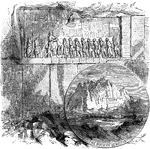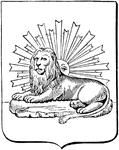Iran
The Iran ClipArt gallery offers 31 images of Iran also known historically as Persia.

Brass Vase
"Brass Vase, pierced and gilt; 17th century Persian work." —The Encyclopedia Britannica, 1903

Capital and Entablature from the Rock Tomb of Darius
The columns in the ruins of Persepolis are circular and slender, and have capitals and bases. The capital…

Capital from the Ruins of Persepolis
Other capitals are more compact, where from the lower part, which is in the shape of a globular vessel,…
Restored Capital from the Ruins of Persepolis
Other capitals are more compact, where from the lower part, which is in the shape of a globular vessel,…

Captive Insurgents Brought Before Darius
An illustration of a hieroglyphic depicting captive insurgents being brought before Darius.
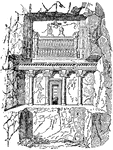
Darius
"The Tomb of Darius, cut in the cliff at Nakshi Rustam, near Persepolis." — The Encyclopedia Britannica,…

Column from Persepolis
Persepolitan architecture is noted for its use of wooden columns. Architects resorted to stone only…
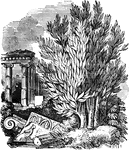
Ancient Persia
"Ancient Persia was among the great empires that figure in the early history of mankind. Little of their…
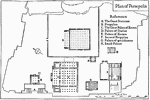
Plan of Persepolis, 513 BC
A plan of Persepolis, near Shiraz, Iran, from the time of Darius I (549–486 BC) until the downfall…
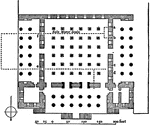
Plan of the Hall of Xerxes, 485–465 BC
This is a plan of the Hall of Xerxes in Persepolis, near Shiraz, Iran. This is the plan of he palace…

Ruins of Persepolis
Persepolis was the ceremonial capital of the Persian Empire during the Achaemenid dynasty. Persepolis…
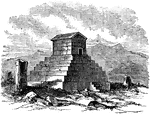
Tomb of Cryus
The Tomb of Cyrus is the burial place of the ancient Cyrus the Great of Persia. Cyrus the Great was…
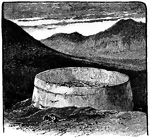
Tower of Silence Built by the Parsees
"A tower, generally built about 25 feet high, on which the Parsees expose the bodies of their dead to…
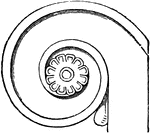
Volute of the Persian Column
Other capitals are more compact, where from the lower part, which is in the shape of a globular vessel,…

